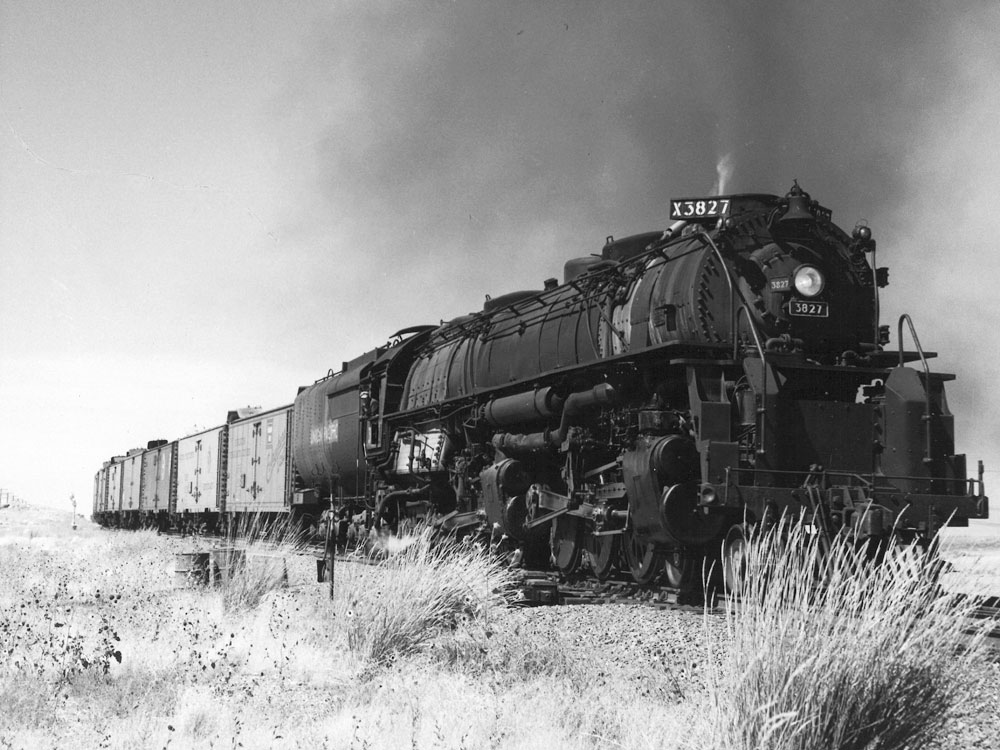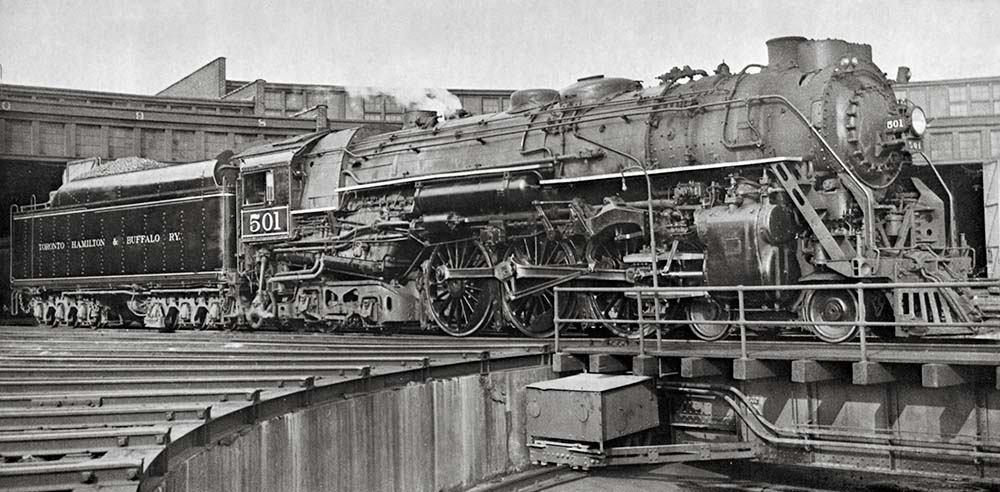
Q: I am looking for suggestions for industries for an Idaho model railroad in the 1940s. I’m working on building an HO scale 10 x 11-foot around-the-walls model railroad. I have decided to model a small town in rural Idaho along the Union Pacific in 1942. I am looking for a few plausible industries to include. I already have a team track and a small passenger station and have bent some of the facts to include coal service. I also have two small staging tracks. Do you have any suggestions that would make for lively operations while keeping the layout plausible within my constraints? — Nate Simpson, Meridian, Idaho
A: Idaho, huh? I bet you can already guess my answer: potatoes. In 1940, Idaho provided the United States with two-thirds of its potatoes. Nearly 80% of Idaho workers either owned a potato farm or worked on one. During World War II, the period you’re modeling, potato production ramped up even above its usual levels to fill the nation’s wartime larders. From January 1942 to January 1943, Idaho produced more potatoes than it did in the years 1935 to 1940 combined!
So I’d think that even on a small layout, each of your towns should have one or more potato warehouses. If you model harvest time (in Idaho, this is generally September and October), your railroad should run plenty of hotshot reefer extras to haul all this produce. This will add to the challenge of running your usual passenger and freight locals, as they’ll have to clear up when the Spud Extra comes through.
Other industries for an Idaho model railroad
But as an Idahoan, you might find the potato industry to be kind of obvious and boring. Luckily, there are other industries for an Idaho model railroad set in the 1940s. There was enough wheat farming that a grain elevator wouldn’t be out of place. Mining was a big part of the state’s early days, with gold, silver, zinc, lead, copper, manganese, and molybdenum among the ores extracted. The timber, paper, and wood products industries were also represented.
And those are just the large producers in the state. You can always add an industry that receives freight from outside the modeled part of the world, like a coal or oil dealer, warehouse, grocery distributor, cold storage, or lumberyard. And universal industries like team tracks are always a good idea.
To read more about what freight cars would carry different kinds of commodities, check out Jeff Wilson’s book Commodities by Freight Car, sold in the Kalmbach Hobby Store.
Send us your questions
Have a question about modeling, operation, or prototype railroads? Send it to us at AskTrains@Trains.com. Be sure to put “Ask MR” in the subject.














If you model sugar beets operations you could do a sugar factory lots of rail traffic comes from sugar factory raw beets in, box cars or bagged and bulk sugar and waste for animal feed . Tank cars of waste water and chemicals coal cars for boilers to run the factory flat cars with machinery. Get on Google earth or maps and look at any of tje amalgamated plants in paul,twin,nampa,and Caldwell I think that ought to help
I live not far from minidoka and I would also agree on the sugar beets. There are a few beet dumps with track running into them to this day out here, barley,corn,potatos,you could even do a brewery or some type of industry like such. Another good industry would be Ag chemicals or fertilizers
Logs and lumber are a big one also. Here in SW Idaho most of the branch lines had multiple lumber mills.
Even up through the early 90’s here in Emmett, Idaho we had 50 car trains daily bringing rough cut lumber down from the mills in Cascade and Horseshoe Bend to the Emmett Mill which did finishing and kiln drying along with glu-lam beams.
Another large seasonal commodity was sugar beets. Even the Idaho Traction Company in the Treasure Valley hauled hoppers and gondola of sugar beets on their interurban electric lines to the many sugar factories around SW Idaho.
I was an engineer on the Camas Prairie at Lewiston, ID. On one sub. we handled mostly grain off the high Camas Prairie country. On another sub. we handled logs and plywood for Potlatch Forests.